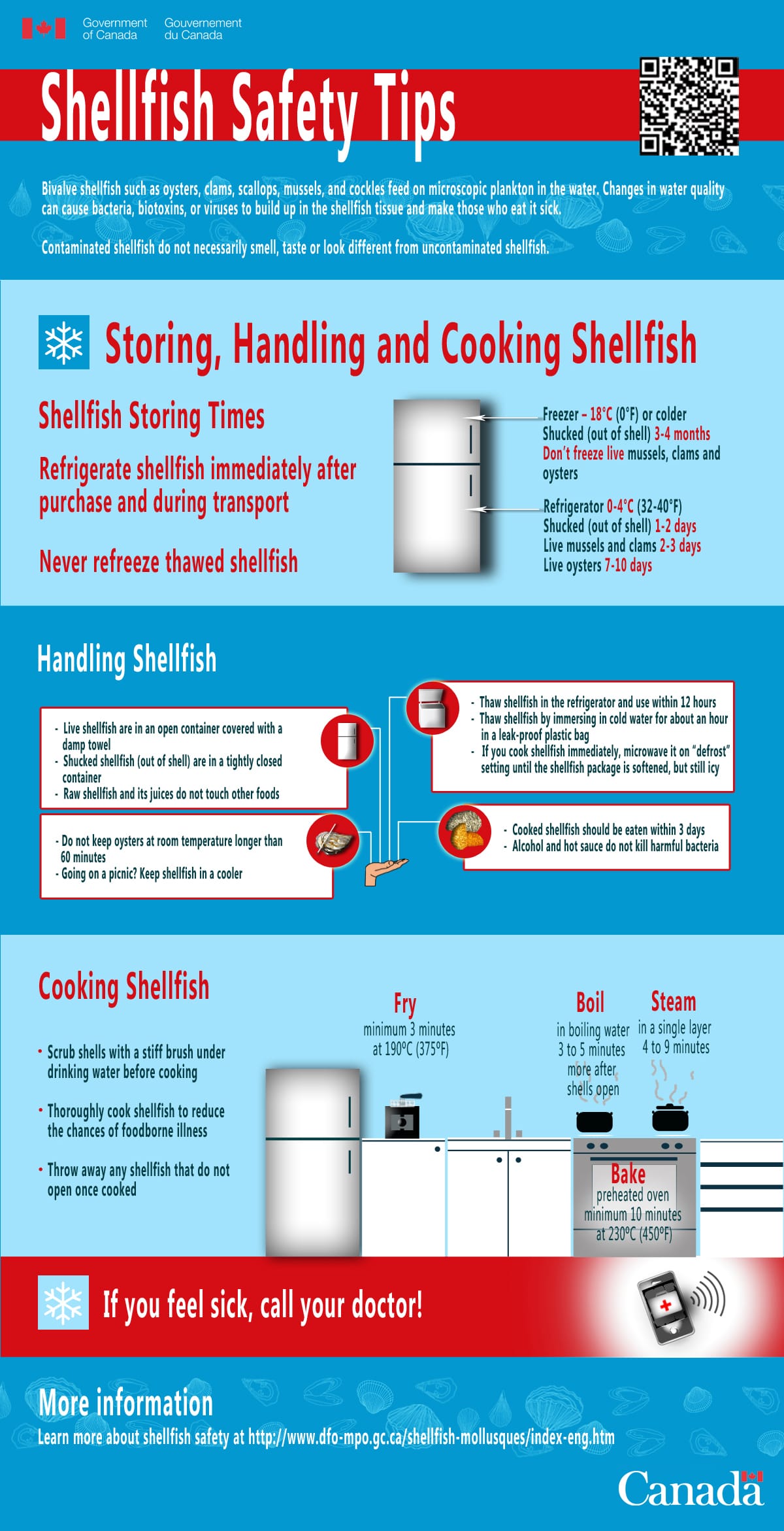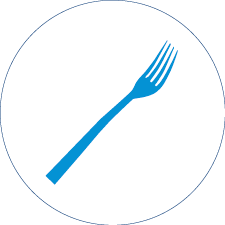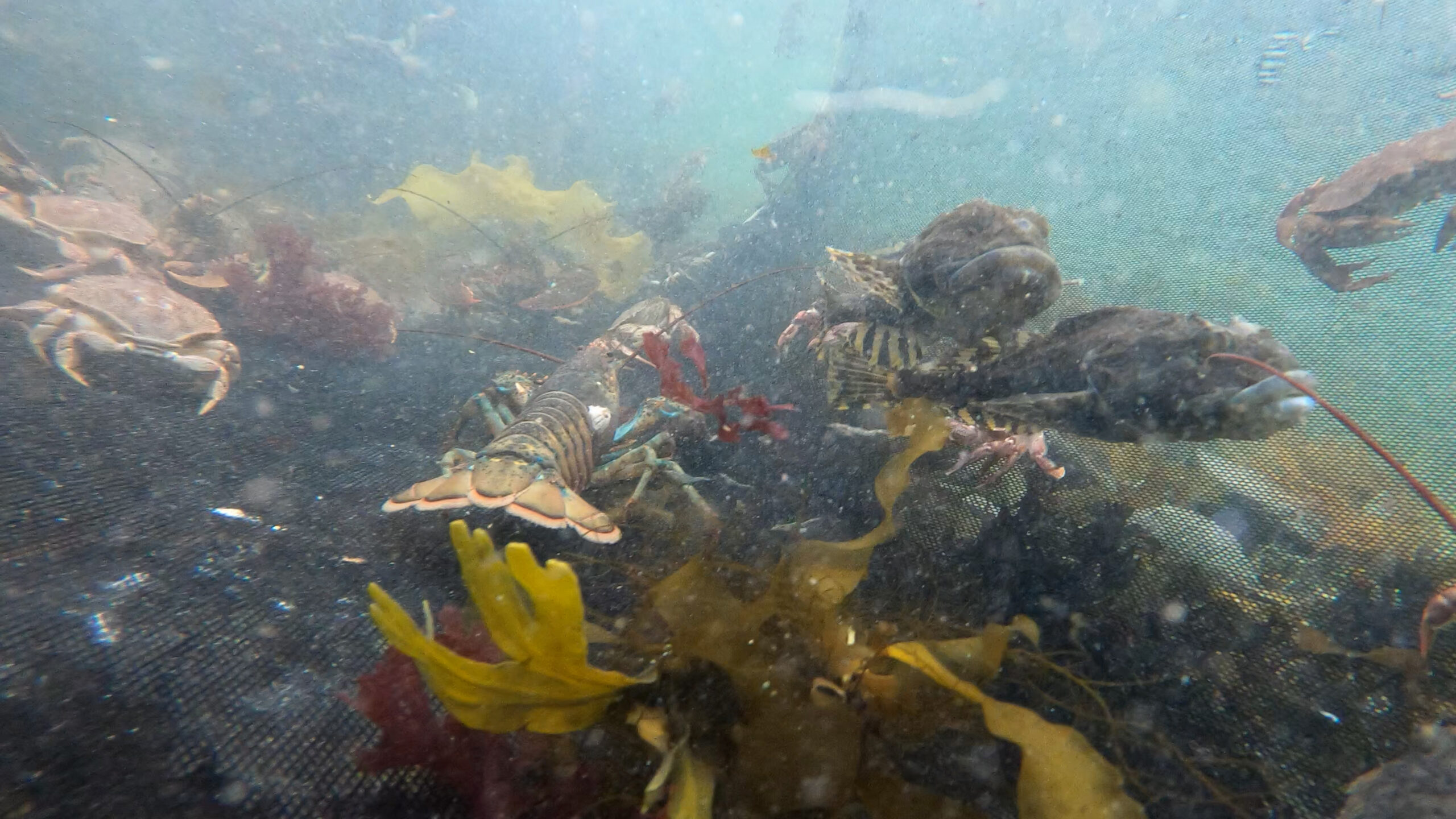
SIZE:
10 cm in diameter, rarely up to 15 cm.
LIFE EXPECTANCY:
10 to 15 years.
LIFE CYCLE:
There are male and female softshell clams, although it is impossible to tell them apart with the naked eye. Males release their sperm into the water, while females release their eggs. New clams are formed at random when the two meet. Even if millions of reproductive cells are released, between 90% and 99% of new clams will not grow beyond the larval stage.
The whitish shell is covered by a thin yellow to light brown envelope. The growth lines are clearly visible. The shell is thick and fragile. Both valves are shaped like ellipses. One is more convex than the other. The mantle serves to protect the other internal organs. The softshell clam has a foot with which it can move and bury in sediment. The two expandable siphons allow the softshell clam to suck in and exhale water. The siphons are wrapped in a strong membrane.
Buried between 30 and 40 cm in muddy or sandy bottom sediments along the coast; softshell clams can be found even at water depths of 20 m.
PREYS:
Plankton
Organic matter
PREDATORS:
Lobsters
Crabs
Seastars
Bottom fish
Seabirds
MACHINES:
Hand harvesting, on foot with a fork or shovel, or by dredging.
REGULATIONS:
- Minimum size of 51 mm
- Limit of 300 clams per day for recreational harvesting
- Specified season
Commercial harvesting is still practised on the North Shore and Magdalen Islands, but recreational harvesting is the most widespread practice. Harvesting takes place at low tide, and it is forbidden to harvest clams within 125 m of a wharf because of the risk of contamination.
When carrying the clams, it is best to place them in a clean container, such as a cooler or insulated bag. A damp towel on top will protect them. The container should remain open so that the clams can breathe. They must not be immersed in fresh water, as this could kill them.
Recreational harvesting? Yes, but under certain conditions
Shellfish can be toxic. Be sure to find out about harvesting conditions and whether your area is open. This information can be found on the Fisheries and Oceans Canada website.
Softshell clam is a Smarter seafood-listed species.
BENEFITS:
Source of protein, minerals, omega-3 fatty acids and vitamin B12.
LET’S COOK:
Lean, tender and yet firm meat. Do not eat raw mussels or freeze them alive.
OUR CULINARY ADVICE:
- Remove the black membrane covering the siphon before cooking.
- Steam for five minutes until the shell opens. If the shell remains closed, do not eat the clam.
- Bake for at least 10 minutes at 230 °C (450 °F).
- No matter how you cook them, make sure you do not overcook them to maintain their flavour and tender texture.
- Do not eat clams with broken shells.

To avoid poisoning, it is important to always follow safe shellfish storage, handling and cooking practices.
Source: DFO






